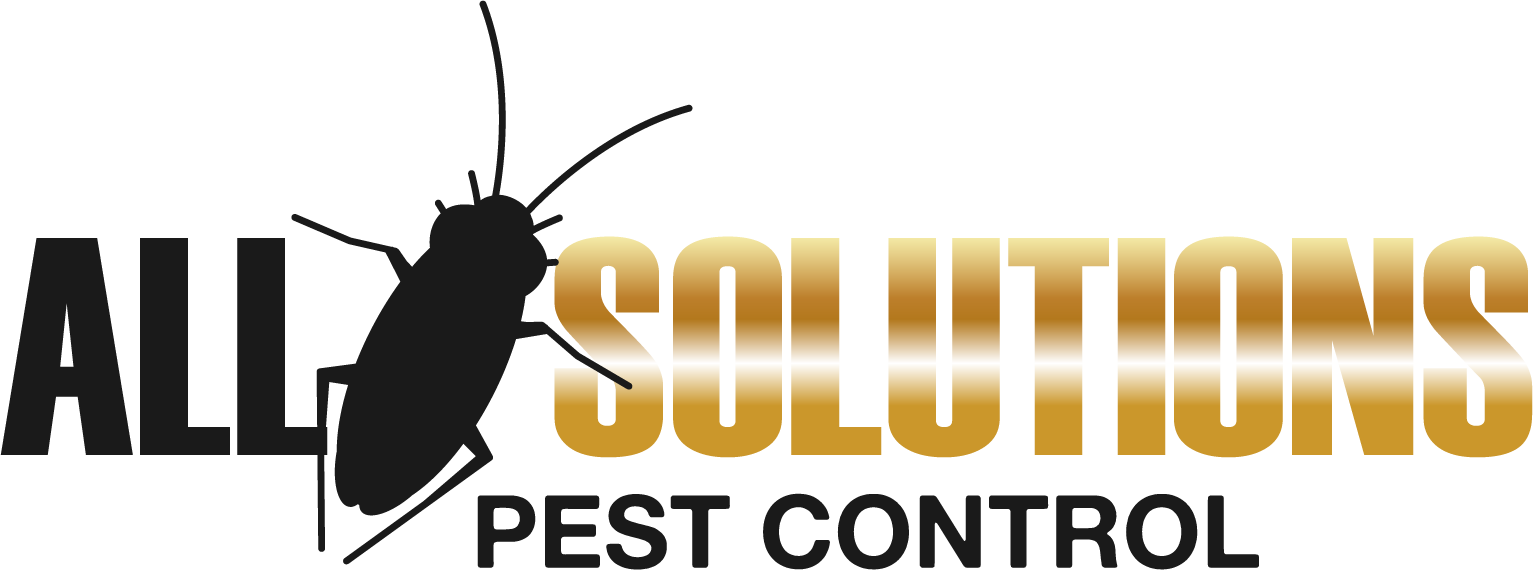A Smarter Approach to Pest Control Exploring the Benefits of Integrated Pest Management
When it comes to protecting your home or commercial establishment from unwanted pests, we often focus on the chemical aspect of control. While chemical treatments can provide an immediate result, we often overlook physical and cultural controls. Fortunately, there's a more sustainable and effective alternative: Integrated Pest Management (IPM). In this post, we'll dive into what IPM is, how it works, and why it's a smarter choice for long-term pest management.
What is Integrated Pest Management?
Integrated Pest Management is a comprehensive approach to controlling pests that focuses on prevention, monitoring, and intervention. Rather than relying solely on pesticides, IPM uses a combination of techniques to keep pest populations in check while minimising risks to people and the environment. The goal is to not necessarily completely eliminate pests, but to manage them at acceptable levels.
The 8 Steps of Integrated Pest Management
Integrated pest management (IPM) is indeed a versatile approach that combines various strategies to control pest activity while minimising risks to human health, beneficial organisms and the environment. By introducing these actions systematically, pest managers can create a customised IPM program, that is tailored to the specific needs and challenges of the customer’s site. While the exact details may vary depending on the site or situation, the overall framework usually remains the same.
- Identification - Correctly identifying the pest with a pest inspection is critical for choosing the most effective control methods.
- Monitoring - Regularly inspecting for pests and tracking their activity levels helps determine if and when action is needed.
- Prevention - Taking proactive measures like sealing entry points, removing food sources, and promoting beneficial insects makes an area less hospitable to pests.
- Thresholds - Setting thresholds for when pest populations warrant control avoids unnecessary treatments.
- Cultural Control - When thresholds are exceeded, IPM prioritises low-risk control methods like traps, barriers, and targeted biopesticides over broad-spectrum chemicals. Multiple tactics are often combined for best results.
- Physical Control – Introducing physical aids that may reduce overall pest ingress and infestation. Aids that deter or prevent ingress like bristle strips, bird netting, traps or mechanical devices.
- Evaluation – After implementing IPM strategies, its essential to evaluate the program’s effectiveness and make necessary adjustments where required.
- Record keeping - Documenting each step of the process helps refine the IPM plan over time
Examples of Integrated Pest Management Strategies
Now that we've covered the basic principles and steps of integrated pest management, you might be wondering what this approach actually looks like in practice. The beauty of IPM is that it can be tailored to any situation where pests need to be managed from large commercial buildings to private properties. Here are just a few examples of the many creative ways that IPM strategies are being used to keep pests in check while promoting healthier environments:
- Conducting thorough inspections to identify pest entry points, such as gaps around doors and windows, cracks in foundations, or openings around pipes
- Introducing physical controls like bristle strips, window screens or weather stripping to prevent pests from entering buildings
- Using caulk or foam sealant to close off small cracks and crevices where pests might hide
- Implementing sanitation measures, such as promptly cleaning up spills, storing food in sealed containers, and regularly emptying trash receptacles
What's Included in an IPM Plan?
An integrated pest management plan is a written guide that outlines the specific strategies and tactics to be used for managing pests in a given site. It includes:
- A description of the site and its major pest problems
- Monitoring procedures and thresholds for taking action
- A list of preventive measures and control tactics to be used
- A schedule for implementation and evaluation
- Record keeping forms
Pros and Cons of Integrated Pest Management
Advantages:
- Reduces reliance on chemical pesticides, benefiting the environment and human health
- Saves money over time by preventing rather than reacting to pest problems
- Promotes a balanced ecosystem where beneficial insects can thrive
Disadvantages:
- Requires more knowledge, planning, and monitoring than conventional pest control
- May take longer to see results, especially during initial implementation
While integrated pest management requires more effort than simply spraying pesticides, its benefits are well worth the investment. IPM offers a more sustainable, effective, and economical approach to managing pests. Don't let pests take over your home or business - contact us here at All Solutions Pest Control to learn more about how this smart, sustainable approach can work for you.


